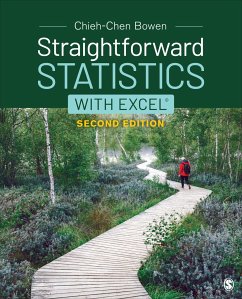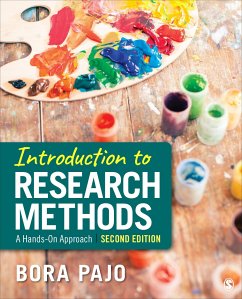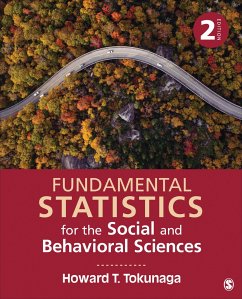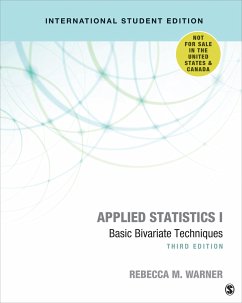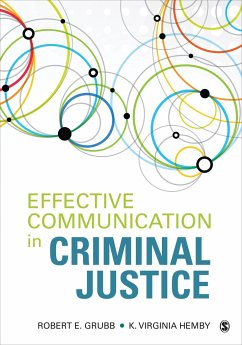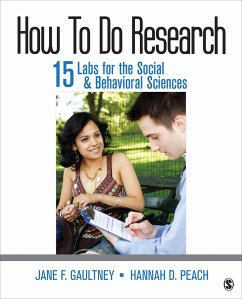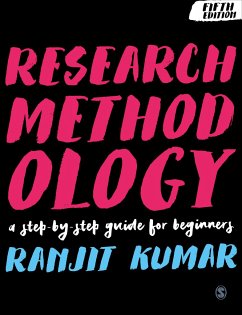Nicht lieferbar
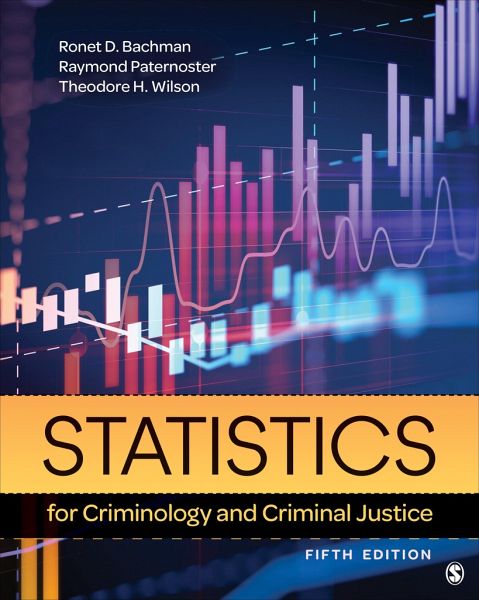
Statistics for Criminology and Criminal Justice
Versandkostenfrei!
Nicht lieferbar




Communicating the excitement and importance of criminal justice research, this updated Fifth Edition shows students how to perform and understand statistical analyses, while highlighting the connection between statistical analyses used in everyday life and their importance to criminology and criminal justice.
Ronet D. Bachman, PhD, worked as a statistician at the Bureau of Justice Statistics, U.S. Department of Justice, before going back to an academic career; she is now a professor in the Department of Sociology and Criminal Justice at the University of Delaware. She is coauthor of Statistical Methods for Criminology and Criminal Justice and coeditor of Explaining Criminals and Crime: Essays in Contemporary Criminal Theory. In addition, she is the author of Death and Violence on the Reservation and coauthor of Stress, Culture, and Aggression; Murder American Style; and Violence: The Enduring Problem, along with numerous articles and papers that examine the epidemiology and etiology of violence, with particular emphasis on women, the elderly, and minority populations as well as research examining desistance from crime. Her most recent federally funded research was a mixed-methods study that examined the long-term desistance trajectories of criminal justice involved drug-involved individuals who have been followed with both quantitative and interview data for nearly thirty years. Her current state-funded research is assessing the needs of violent crime victims, especially those whose voices are rarely heard such as loved ones of homicide victims.
Produktdetails
- Verlag: SAGE Publications Inc
- 5 Revised edition
- Seitenzahl: 616
- Erscheinungstermin: 4. März 2021
- Englisch
- Abmessung: 252mm x 199mm x 36mm
- Gewicht: 1338g
- ISBN-13: 9781544375700
- ISBN-10: 1544375700
- Artikelnr.: 61117953
Herstellerkennzeichnung
Libri GmbH
Europaallee 1
36244 Bad Hersfeld
gpsr@libri.de
Für dieses Produkt wurde noch keine Bewertung abgegeben. Wir würden uns sehr freuen, wenn du die erste Bewertung schreibst!
Eine Bewertung schreiben
Eine Bewertung schreiben
Andere Kunden interessierten sich für



